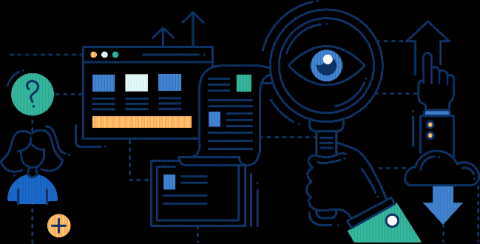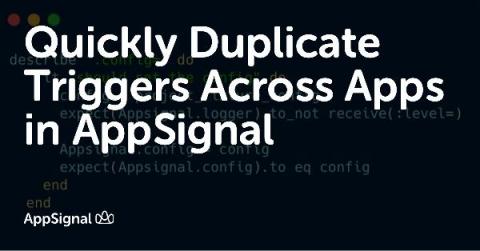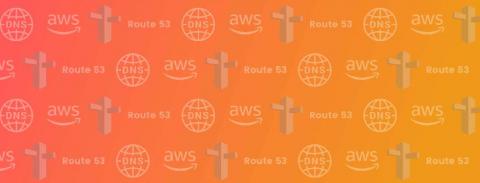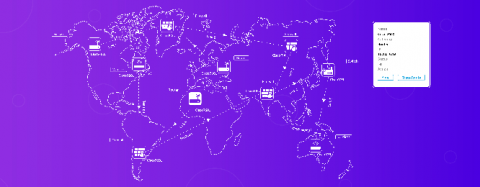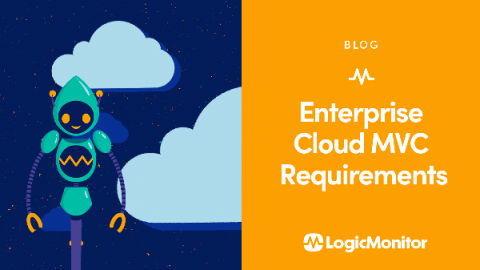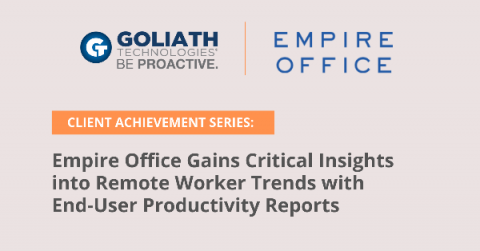How to scale your monitoring with Sensu clustering
I recently led a webinar for the Sensu community on how to scale your monitoring by setting up a three-node cluster in Sensu Go using Sensu’s embedded etcd. Clustering improves Sensu’s availability, allows for node failure, and distributes network load. In this post, I’ll recap the webinar and provide demos on how to set up, back up, and restore your etcd cluster, including best practices for success.



